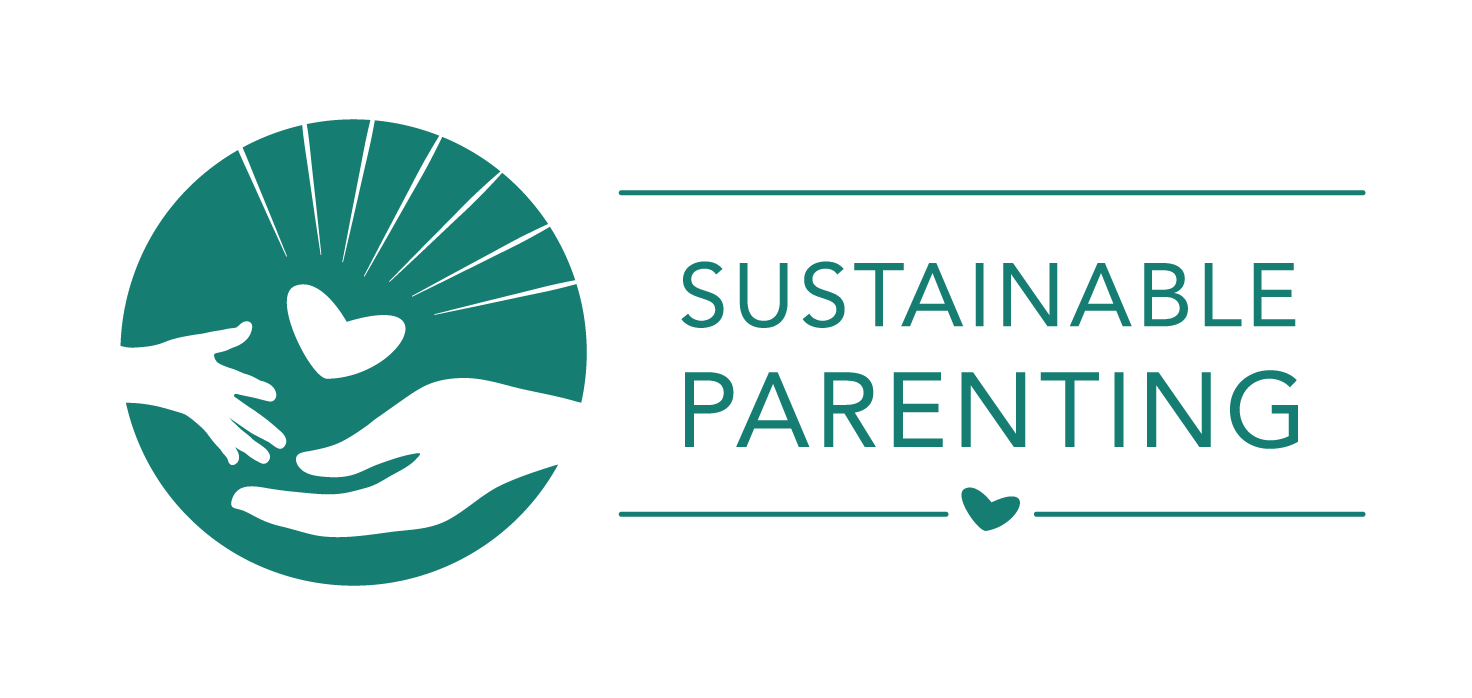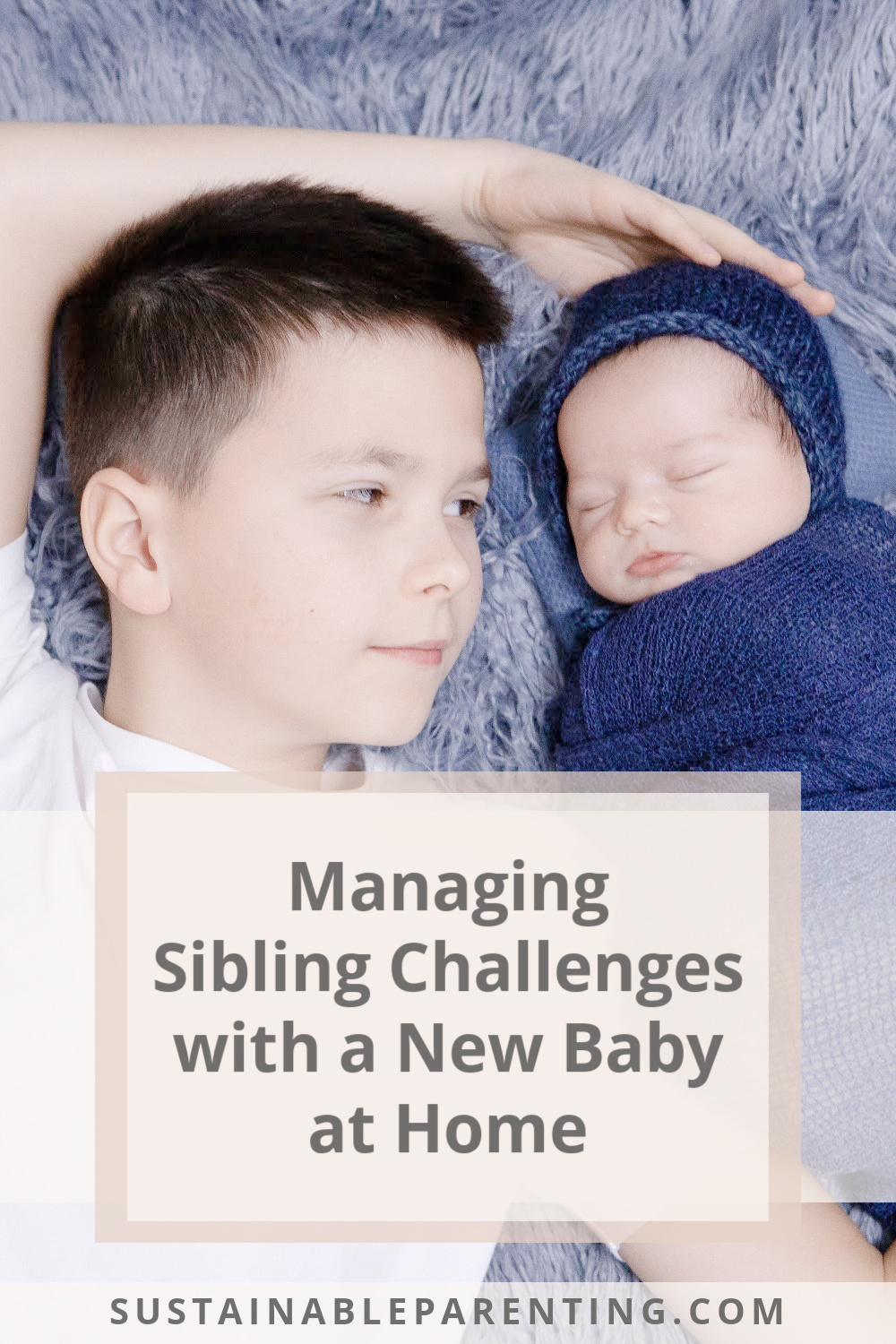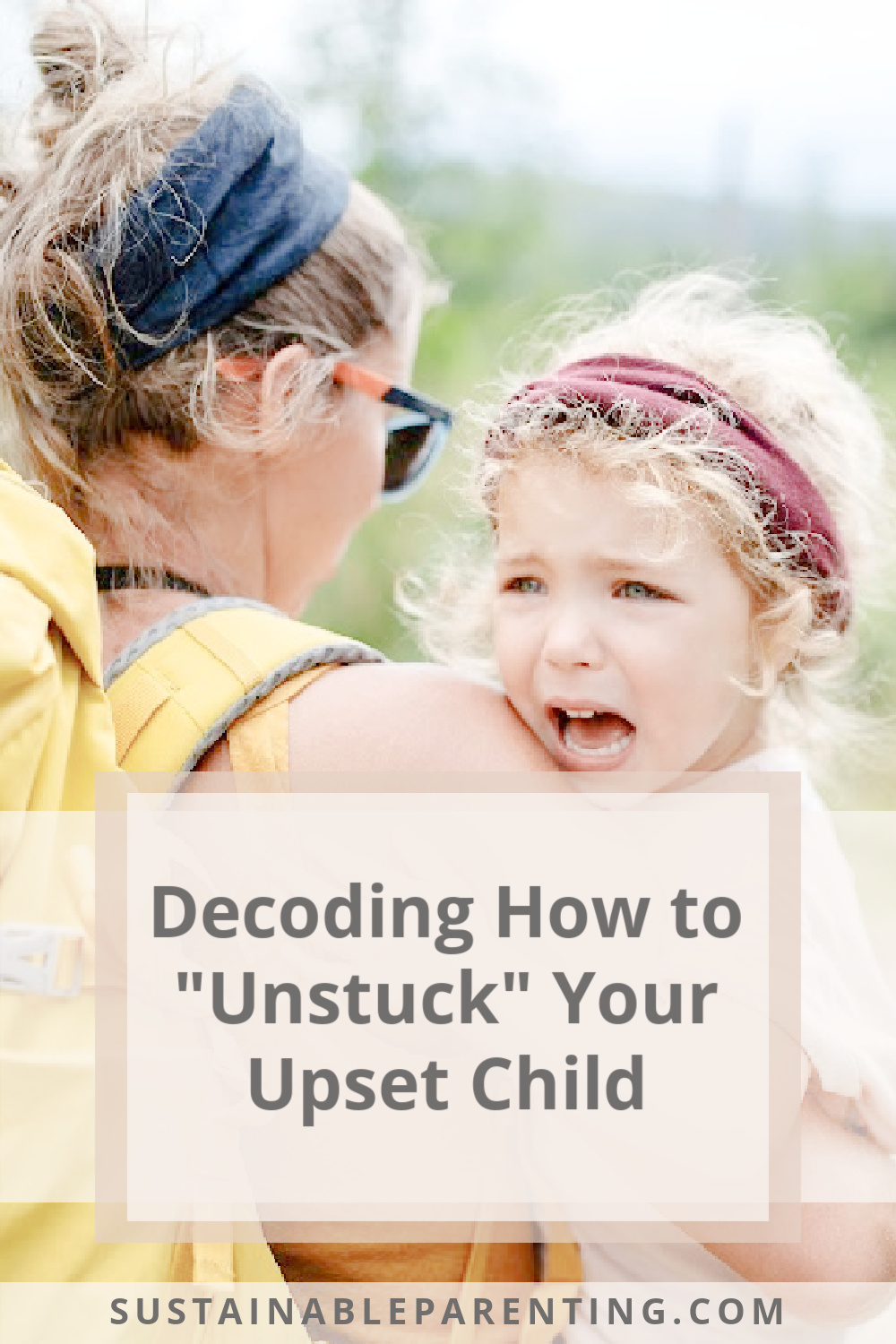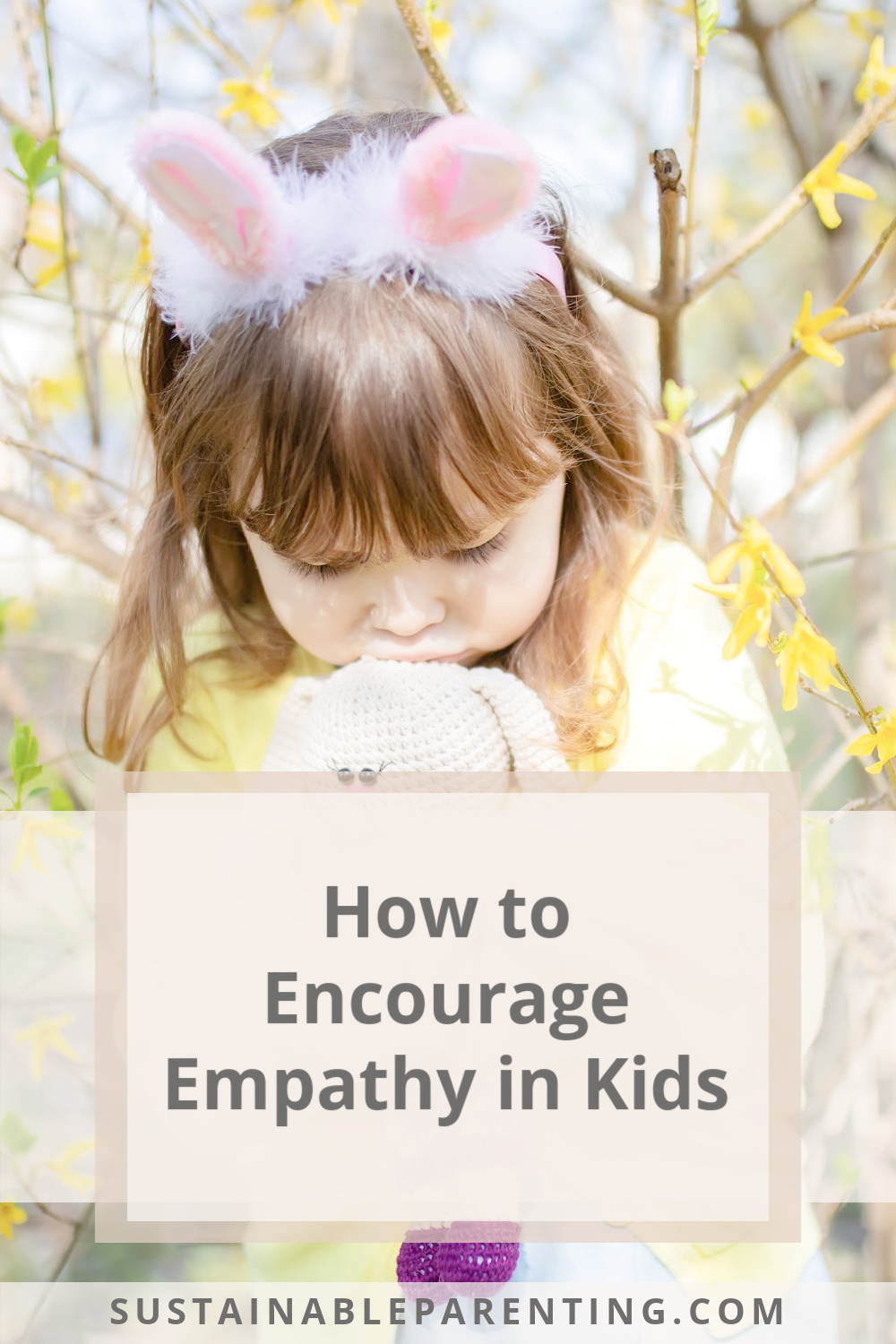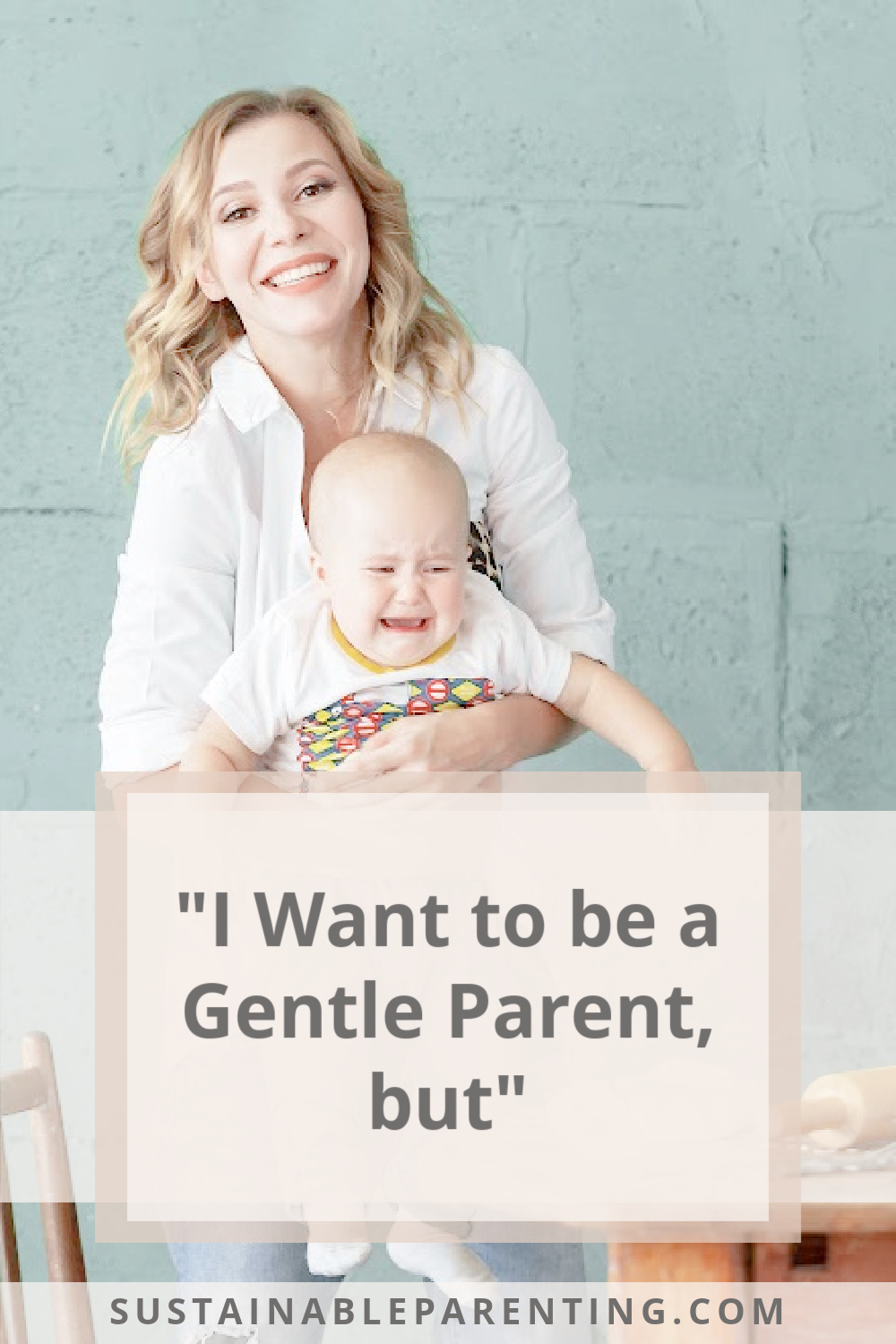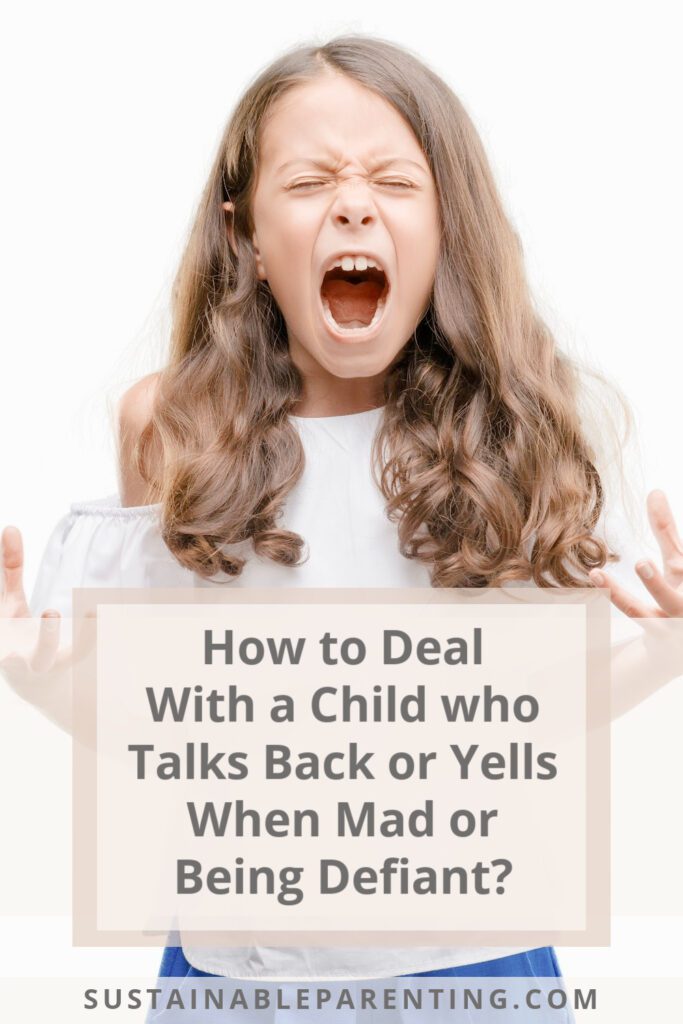
Have you ever found yourself wondering how to handle it when your child talks back or yells at you, especially when they’re angry or defiant? It’s a question many parents can relate to, and the truth is, testing boundaries, back-talk, and yelling are all very common behaviors. Sometimes, your child might be mirroring behaviors they see around them (oops!), or it could simply be a moment when their intense emotions take over their ability to make wise choices. In this article, we’ll explore practical steps and strategies to navigate these challenging moments and foster better communication with your child.
Steps to take when your child talks back or yells when angry:
1. Do not add more fuel to the fire.
First, it’s important to not add more fuel to the fire that’s already burning (we’ve all taken that road, only to see the situation crash & burn). Instead of answering their yell with another yell – may I suggest you… Pause. Yes. Just. Pause… so you can stop your knee-jerk reaction of correction (or wanting to strangle them – like I sometimes feel). The best thing that helps many parents do this is 1 slow breath. Take a comfortable inhale through the nose and an exhale that is as slow as possible. It’s a quick tip from science that helps us rewire a hijacked system, into a physically more relaxed and focused self.
2. Use “Whoa, low and slow”.
Put your arms in a “stop” motion, and decrease the pace and volume of your voice, in order to decrease the pace and volume of the child. “Whoah…..let’s…..just…. pause for a second……..(take a breath in front of the child to model, and they may take a breath with you).” If they seem open to it, offer a silent 30-second hug. This is all in alignment with the science we know from Dr. Dan Siegel & Dr. Bruce Perry about how your child’s brain can’t reason before they first regulate (calm down).
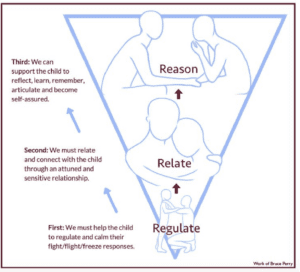
Then slowly say, “I’d….like to help solve this problem with you. I can’t help you when you are yelling.” If the child calms down and is willing to talk, you can then guide them to tell you calmly what they are wanting or feeling: “I can help you best if you are talking in a voice I can hear.” If they continue to yell or use hurtful words, walk away or ask them to take some space in another room or area until they are able to talk calmly & with a voice you can hear.
Dealing with back-talk and yelling requires a mindful and patient approach. By resisting the urge to escalate the situation, using calming techniques, and encouraging open communication, you can create an environment where your child learns to express their emotions in a more constructive way. Remember, parenting is a learning journey, and these steps provide a foundation for fostering positive communication with your child.
If you’d like more personalized guidance, contact Flora today.
This article was originally posted in Montana Parent Magazine.

